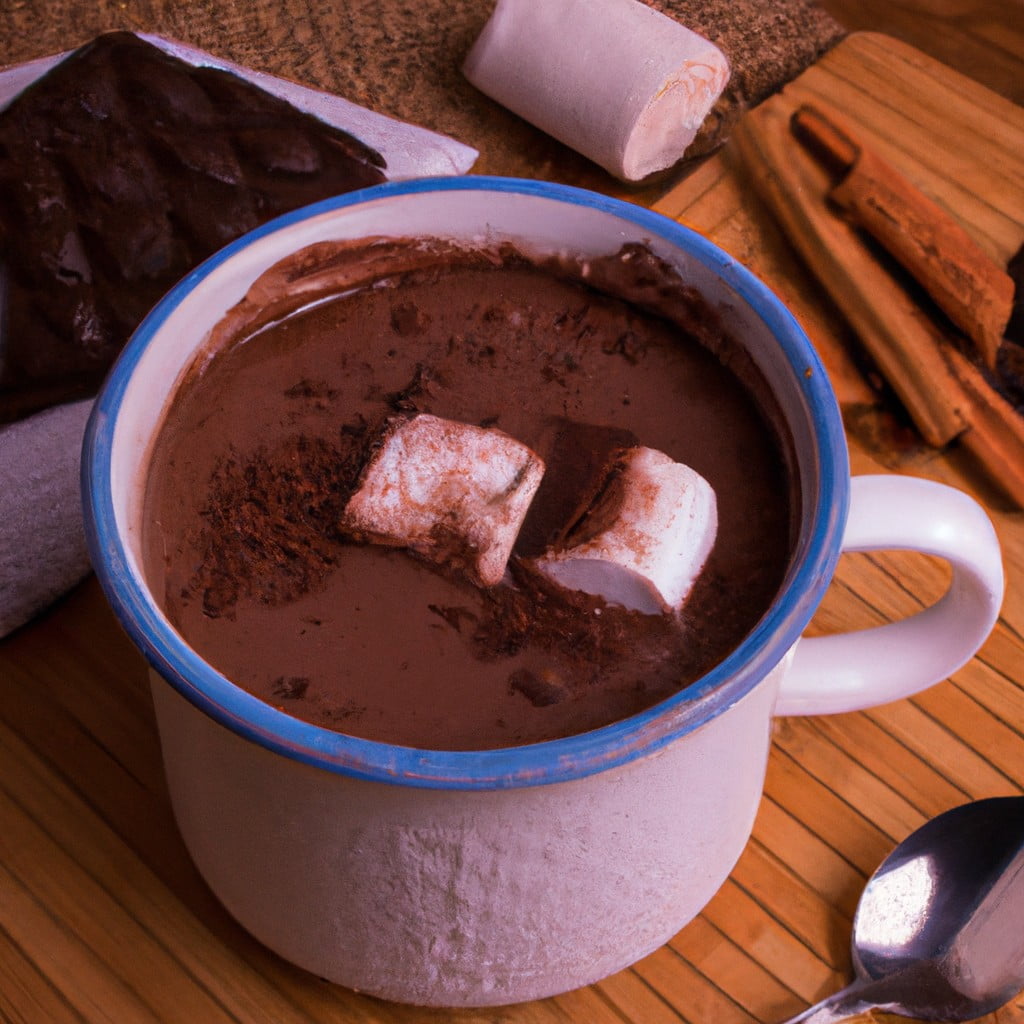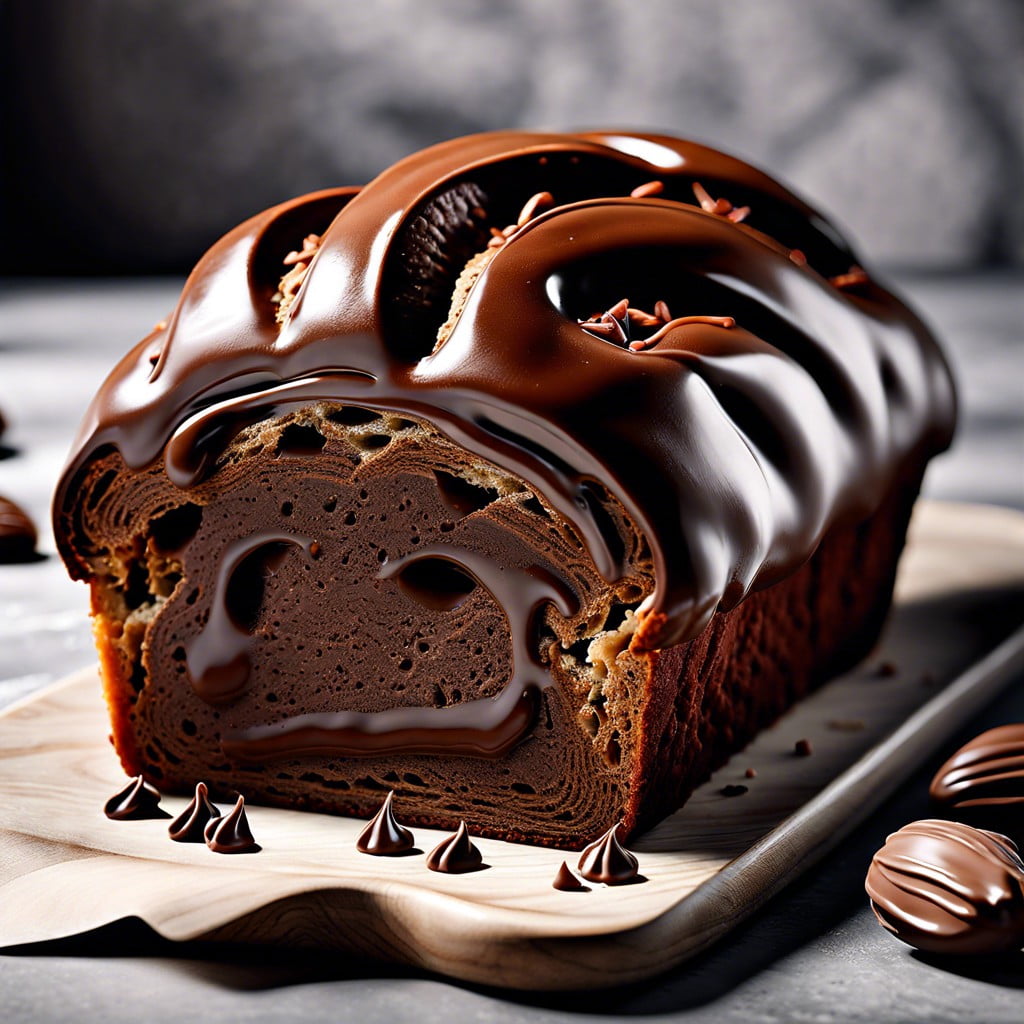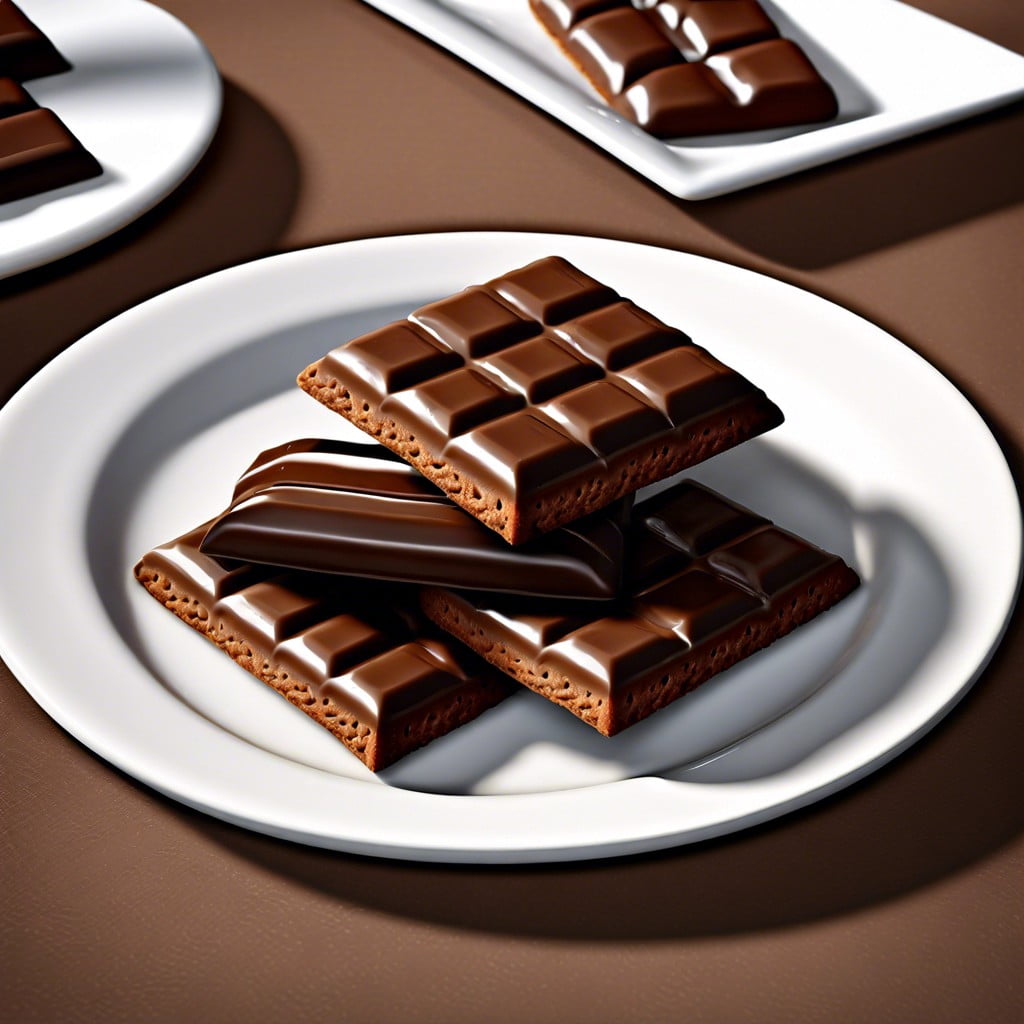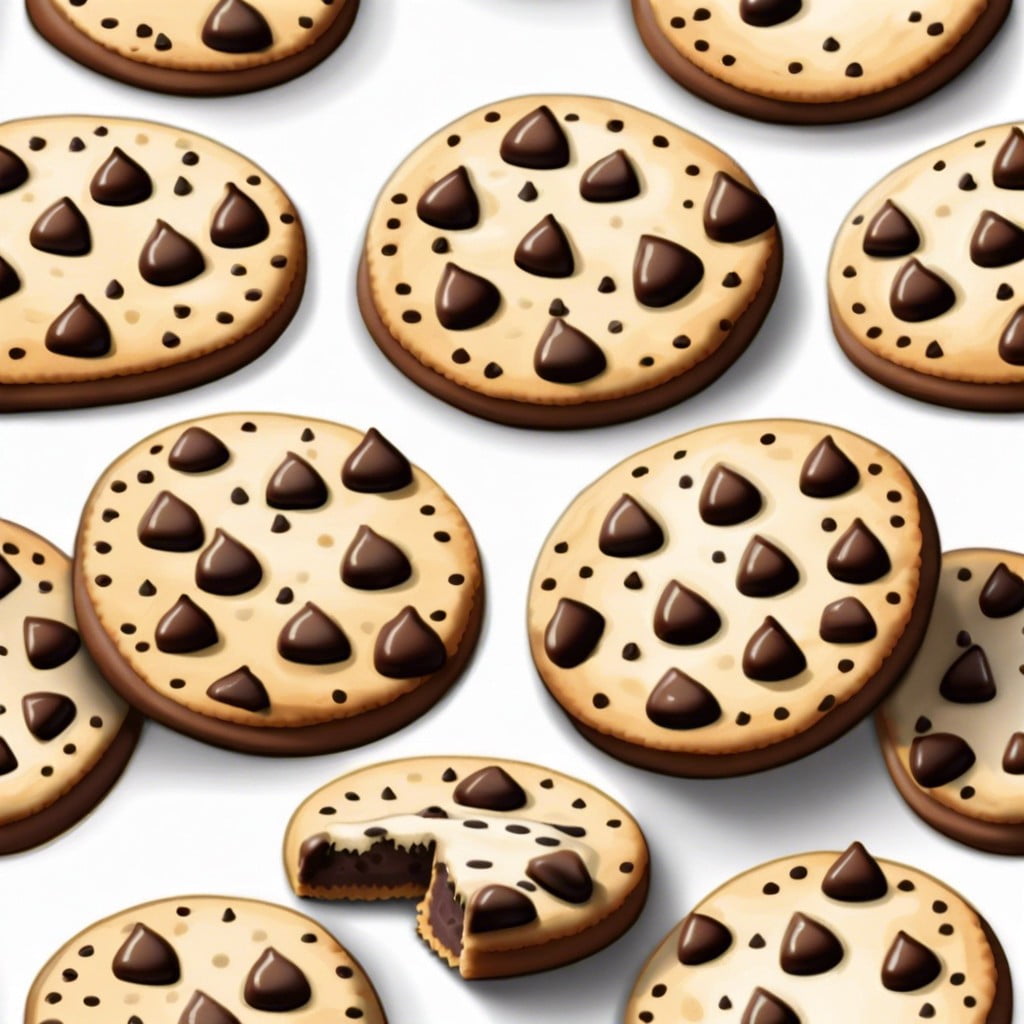Learn how to craft traditional Mexican hot chocolate, rich in flavor and cultural heritage, with this simple guide.
Key takeaways:
- Mexican hot chocolate: A cultural and flavorful warm drink.
- Key ingredients: Mexican chocolate, milk or water, cinnamon, chile powder, vanilla extract, sweetener.
- Unique characteristics: Grainy texture, rich and spicy taste.
- Step-by-step instructions: Whisk, heat, melt, add spices, froth, serve.
- Recipe variations: Spicy kick, dairy-free, mocha flavor, sweeteners, aromatics, alcohol.
Inside
Ingredients in Mexican Hot Chocolate

Traditional Mexican hot chocolate combines a few key components for its unique, rich flavor:
- Mexican chocolate tablets or bars: These are made from cacao that is ground with sugar and cinnamon and often has a grainy texture.
- Milk or water: Milk will give a creamier consistency, while water will result in a more traditional, slightly thinner drink.
- Cinnamon: An essential spice that is often included in the chocolate but can also be added separately for more pronounced warmth.
- Chile powder: Adds a subtle heat, reflective of the Aztec and Mayan origin of the drink. A pinch of cayenne or a small piece of a whole dried chile can be used.
- Vanilla extract: While optional, a splash enhances the aromatic qualities of the chocolate.
- Sweetener: Additional sugar or a sweetener like piloncillo can be used to taste if the Mexican chocolate’s sweetness is insufficient.
These ingredients are combined and heated to create a beverage that is both comforting and complex, with a delicate balance of sweetness, spice, and depth of chocolate.
What Makes Mexican Chocolate Different?
Mexican chocolate distinguishes itself through unique textural and flavor characteristics. Traditional Mexican chocolate includes a mix of cacao, sugar, and cinnamon, which gives it a distinctively grainy texture and a rich, spicy taste that sets it apart from smoother European-style chocolates.
Some varieties also incorporate ground nuts, seeds, or spices like vanilla and nutmeg, contributing to the depth of flavor. Unlike many commercial chocolates, Mexican chocolate is often made using the “stone ground” method, preserving a rustic texture that complements its bold flavor profile, enhancing the overall sensory experience in dishes like Mexican hot chocolate.
Instructions
Begin by whisking together cocoa powder, sugar, and warm water in a small pot. This will form the base of your hot chocolate and ensure these ingredients are fully dissolved. Heat the mixture over medium flame until it starts to simmer.
Next, add the milk and chocolate to the pot. Traditional Mexican hot chocolate uses a combination of whole milk and a specific type of semi-sweet chocolate called “chocolate de mesa,” which is grainy and spiced with cinnamon. Keep the heat at a medium level to avoid scorching the mixture, and stir continuously until the chocolate is completely melted.
Incorporate the spices such as cinnamon and a pinch of chili powder at this stage for the characteristic warmth and depth of flavor. Some recipes may also call for vanilla extract, which should be added off the heat to preserve its delicate aroma.
Once all the ingredients are combined, it’s time to froth the hot chocolate. This can be done with a traditional molinillo, a wooden whisk-like tool, or with a modern milk frother for a creamy texture and a light, airy top layer.
Finally, pour the hot chocolate into mugs immediately after frothing. The beverage should be served hot and enjoyed right away, as the flavors and temperatures are at their peak.
Pro Tips for Making This Recipe
Opt for authentic Mexican chocolate tablets, which already contain cinnamon and sugar, to get the traditional flavor profile. If using chocolate bars or cocoa powder instead, incorporate ground cinnamon and a sweetener of choice.
To fully infuse flavors, let the mixture simmer briefly; avoid boiling to prevent scalding the chocolate and milk.
Consider using a molinillo—a traditional Mexican wooden whisk—or a standard whisk to froth the hot chocolate. This adds a creamy texture and enhances the overall experience.
For a richer drink, substitute half of the milk with heavy cream. Be mindful of the additional calories and fat when making this adjustment.
If adding chili for an extra kick, start with a small pinch, taste, and adjust accordingly. A little goes a long way with potent spices.
Serve in pre-warmed mugs to keep the hot chocolate warmer for longer, ensuring the last sip is as comforting as the first.
Inclusive of these tips, remember that making Mexican hot chocolate is not just about the drink itself, but the tradition and warmth it brings to any occasion.
Recipe Variations
To customize your Mexican hot chocolate to personal taste or introduce an exciting twist, consider these variations:
- Spicy Kick: Add a pinch of cayenne pepper or slice a small piece of a fresh hot pepper, like jalapeño, and steep it in the milk for a fiery touch.
- Dairy-Free: Use almond milk, coconut milk, or any plant-based milk substitute to cater to dairy-free and vegan diets.
- Mocha Flavor: Mix in a shot of espresso or a tablespoon of instant coffee for a rich mocha variation.
- Sweeteners: Maple syrup, honey, or piloncillo can replace sugar for a different kind of sweetness.
- Aromatics: Infuse the milk with a cinnamon stick, star anise, or vanilla bean during heating for deeper flavor complexity.
- Alcohol: For an adult-version, add a shot of Kahlua, rum, or tequila after the chocolate has been fully incorporated.




